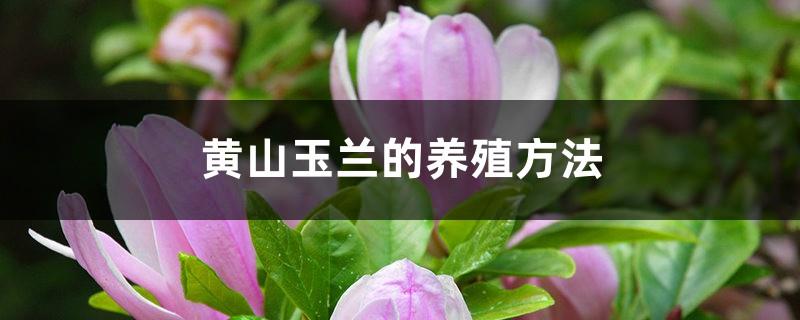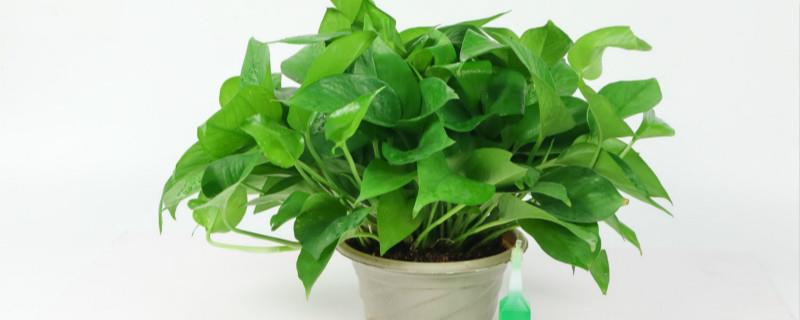How to breed Huangshan Magnolia
Last Update :2024.05.01
Article Catalog
Soil: The use of fertile, loose, humus-rich and well-drained sandy loam soil is conducive to the growth of Huangshan Magnolia; Temperature: It is cold-resistant but not resistant to dry heat. The average temperature is 16°C and can withstand low temperatures. Most northern The area can spend the winter outdoors normally; watering: give it a moist environment and a warm and cool environment. Watering should be thorough, and no water should be allowed to accumulate in the soil; Fertilization: It needs fertilizer, and it likes organic fertilizer; Light: The tree tolerates shade when it is young and has little requirement for light.

1. Soil
1. Soil
Huangshan magnolia grows well on rich, loose, humus-rich and well-drained sandy loam soil.
2. Temperature
Huangshan magnolia is relatively cold-tolerant but not dry-heat resistant. The average temperature is 16°C. It can withstand low temperatures and can adapt to extreme temperatures as low as -12°C. It can survive the winter outdoors normally in most northern areas.
3. Watering
Because relatively permeable sandy loam soil is used, water should be watered as soon as it dries, and the soil should not be allowed to dry out too much. Remember not to accumulate too much water, otherwise root rot will easily occur.
4. Fertilization
You can add some thin fertilizer appropriately during the growth period, mainly organic fertilizer. Ammonium bicarbonate can be applied deeply into the soil if conditions permit, which can promote the growth of Huangshan magnolia and reduce the occurrence of pests and diseases.
5. Light
The yellow three magnolia trees are shade-tolerant when they are young and have little requirement for light. After growing up, it can receive normal light. There is no need to worry about outdoor planting, daily sunlight can meet the growth needs.
VI. Precautions
1. Repotting: Because it is a small tree and its rhizomes are very developed, it is recommended to use a larger flowerpot to facilitate the growth, development and improvement of the tree. Overall aesthetics.
2. Pruning: You can prune the shape and branch state according to your own preferences. Minor pruning can be done as it grows and develops.
2. Temperature
3. Watering
4. Fertilization
5. Lighting
6. Precautions
- END -
Indoor plants that don’t need sunlight

There are many kinds of indoor plants that do not require sunlight, such as pothos...
Hydroponic Asparagus Bamboo

The plants selected for hydroponic asparagus must be strong and strong. After remo...